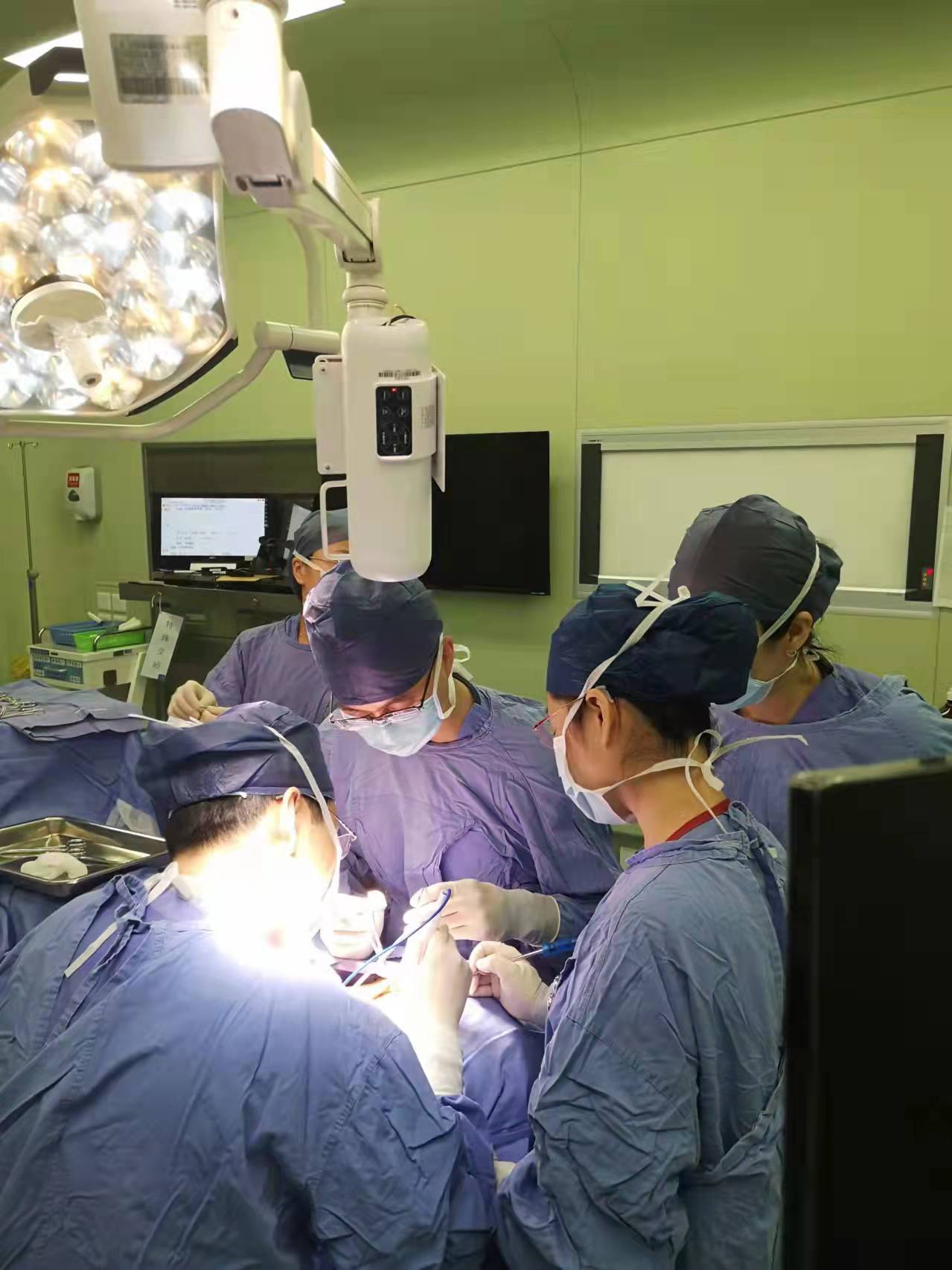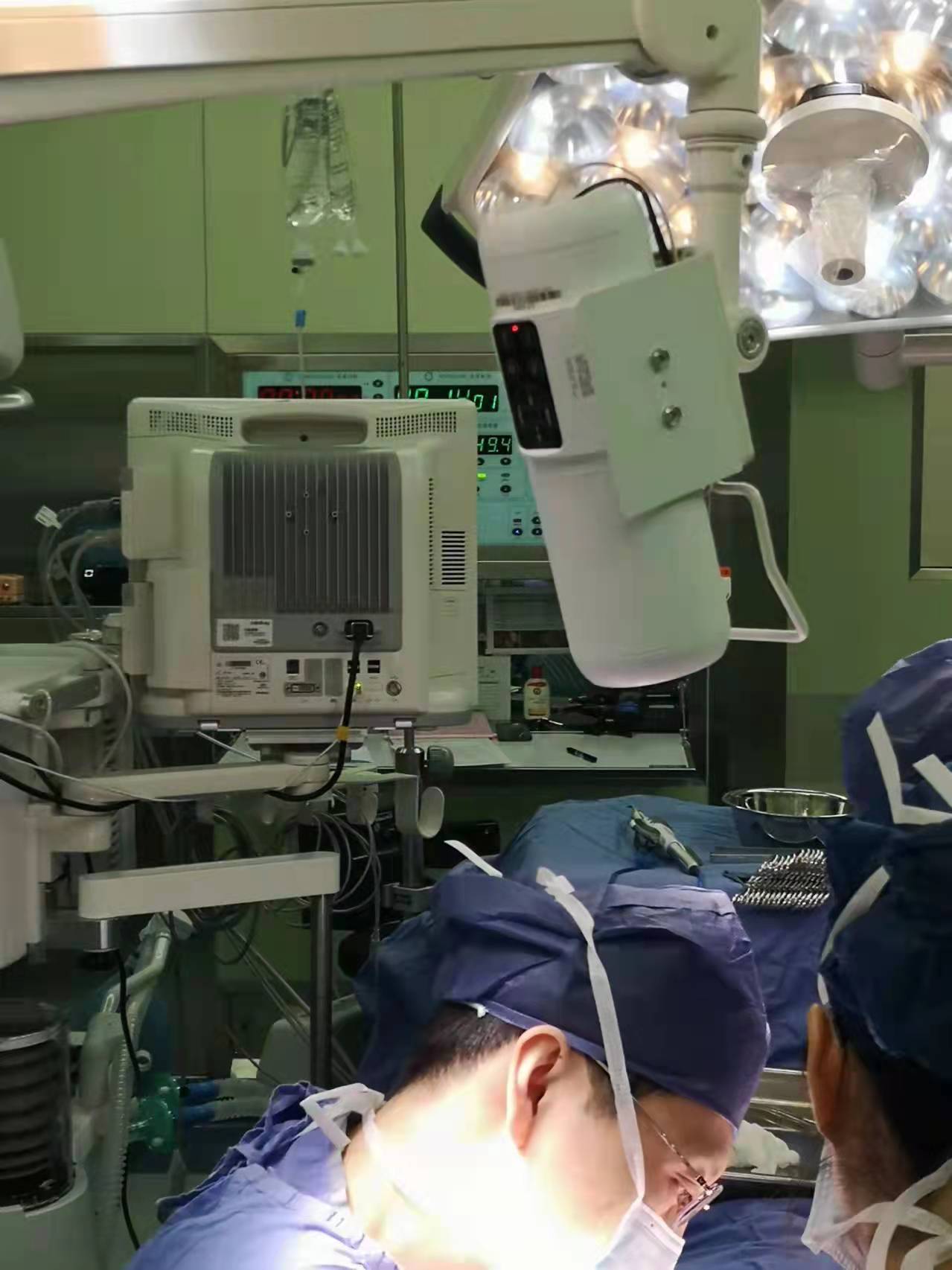When we talk about modern surgical teaching systems, there are usually two key aspects: the camera and the software. In recent years, high-definition surgical cameras have been emerging rapidly, offering hospitals more choices than ever before. But what exactly does a hospital look for in a surgical camera, and is something like the IS-MDC1 Surgical Camera the kind of solution they actually need?
Let’s break it down:
Traditional surgical teaching often involved students or doctors observing procedures directly in the OR. But due to limited space, visibility issues, and the risk of cross-infection, many hospitals have phased out in-person observation.
That’s where surgical cameras come in. The IS-MDC1, for example, is designed to capture real-time surgical scenes with multiple optical zoom options (10x, 20x, or 30x). With wireless 2.4G remote control, hospitals don’t have to worry about messy cables. It uses a professional shielded all-in-one cable for stable image transmission, and its integrated rotating bracket is ergonomic, dust-free, and easy to clean. Plus, the standard ONDAL spring-arm support makes installation much easier.
Clear visuals and accurate color reproduction are critical. Surgical teaching relies on precision — students need to see details exactly as they are. Cameras that eliminate the glare of surgical shadowless lights make a huge difference in ensuring video quality.
Recording and archiving surgeries for review is another key requirement. Systems like the IS-MDC1 support HD-SDI and 3G-SDI lossless output, and when paired with VOLERS HD recording systems, they enable seamless real-time recording and storage of entire procedures.
Bridging Distances with Video Power